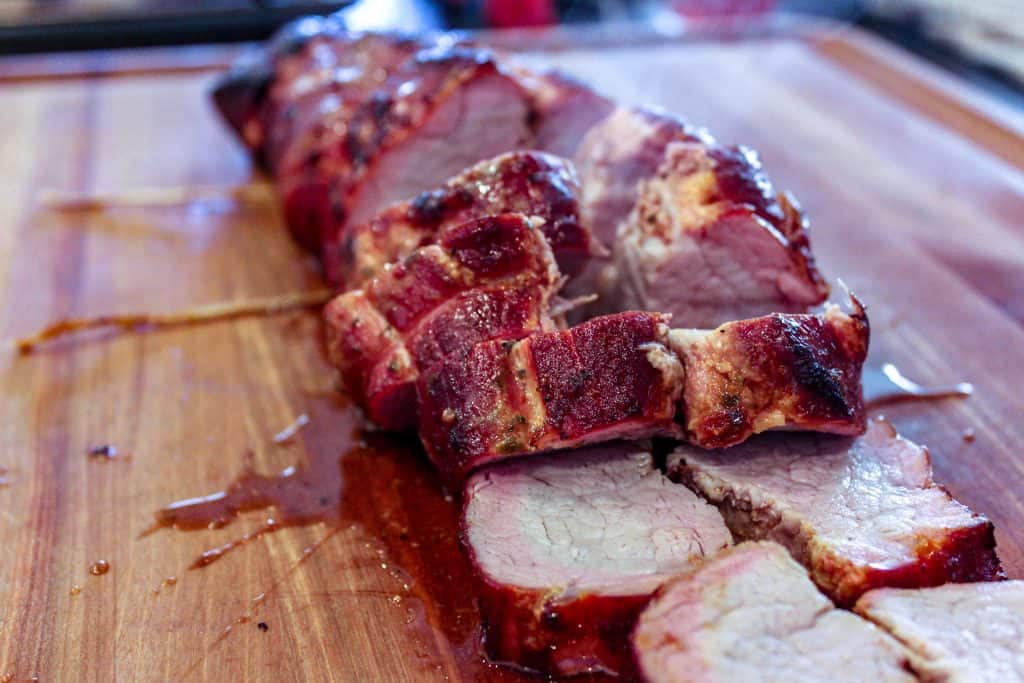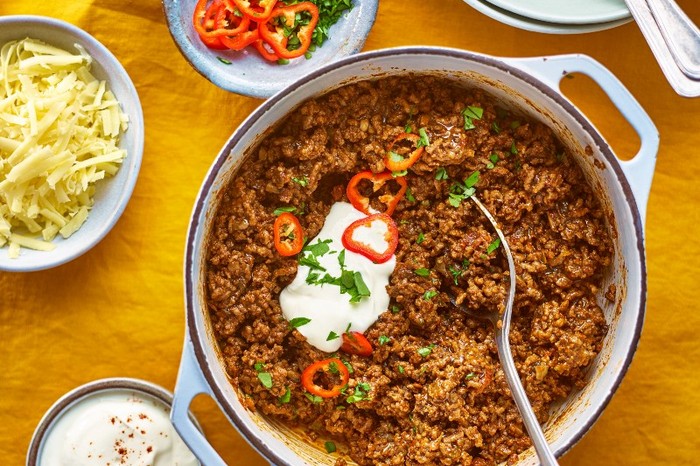Smoking meats at home is a delicious way to enhance flavors and create tender, juicy dishes that impress friends and family. While it might seem daunting, mastering the art of smoking is achievable with the right techniques and equipment. Here’s a comprehensive guide to help you get started on your smoking journey.
1. Understanding the Basics of Smoking
Smoking is a cooking method that involves exposing food to smoke from burning or smoldering materials, typically wood. The smoke infuses the meat with unique flavors while also cooking it at low temperatures over a long period, resulting in tender, juicy meat.
- Types of Smoking:
- Hot Smoking: Cooks meat while infusing it with smoke. Ideal for ribs, briskets, and chicken.
- Cold Smoking: Flavors meat without cooking it, often used for bacon and fish. Requires careful temperature control.
2. Choosing Your Equipment
To get started with smoking, you need the right equipment. Here are the most common types of smokers:
- Electric Smokers: Easy to use, with consistent temperature control. Ideal for beginners.
- Charcoal Smokers: Offer great flavor and temperature control with practice. Requires more attention.
- Wood Pellet Smokers: Combine the benefits of electric and charcoal smokers, using wood pellets for both fuel and flavor.
- Gas Smokers: Provide quick heat with good flavor; propane tanks are easy to replace.
3. Selecting the Right Meat
Different cuts of meat work better for smoking. Here are some popular options:
- Brisket: A tough cut that becomes incredibly tender when smoked low and slow.
- Pork Shoulder: Ideal for pulled pork, this cut benefits from long cooking times.
- Ribs: Both pork and beef ribs take on great flavor and tenderness with smoking.
- Chicken: Whole birds or pieces smoke well and develop a delicious, smoky skin.
4. Preparing Your Meat
Before smoking, preparation is key to maximizing flavor:
- Trim Excess Fat: Remove large fat caps to prevent greasiness.
- Season Generously: Use a dry rub or marinade to enhance flavor. A basic rub might include salt, pepper, garlic powder, and paprika.
- Brining: For added moisture and flavor, consider brining your meat overnight before smoking.
5. Choosing Your Wood
The type of wood you use will greatly affect the flavor of your smoked meat. Here are some common options:
- Hickory: Strong and sweet, great for pork and ribs.
- Mesquite: Intense flavor, best for beef, but can be overpowering if overused.
- Applewood: Mild and fruity, perfect for poultry and pork.
- Cherrywood: Sweet and mild, excellent for all meats, adds a nice color to the bark.
6. Setting Up Your Smoker
Each smoker operates differently, so it’s important to follow the manufacturer’s instructions. Here’s a general setup guide:
- Preheat: Aim for a smoking temperature of 225°F to 250°F (107°C to 121°C).
- Add Wood: For charcoal smokers, add soaked wood chips directly to the coals. For electric or gas smokers, use the designated wood tray.
- Water Pan: Place a pan of water in the smoker to maintain moisture and stabilize temperature.
7. Smoking Your Meat
Once your setup is ready, it’s time to smoke:
- Placement: Put the meat on the grill grates, fat side up, to allow the juices to baste the meat.
- Close the Lid: Minimize opening the smoker to maintain a consistent temperature and smoke.
- Monitor Temperature: Use a meat thermometer to check the internal temperature. Here are general guidelines:
- Brisket: 195°F to 205°F (90°C to 96°C) for tenderness.
- Pork Shoulder: 195°F to 205°F (90°C to 96°C) for pulled pork.
- Ribs: 190°F to 203°F (88°C to 95°C) for tender meat.
8. Resting the Meat
Once your meat reaches the desired temperature, remove it from the smoker and let it rest for at least 30 minutes. Resting allows the juices to redistribute, resulting in a juicier final product.
9. Serving Your Smoked Meat
After resting, slice or pull the meat, depending on the cut. Serve with your favorite sides, such as coleslaw, baked beans, or cornbread. Don’t forget a selection of barbecue sauces to complement the smoky flavors!
Tips for Success:
- Patience is Key: Smoking takes time. Avoid rushing the process for the best results.
- Experiment with Flavors: Don’t be afraid to try different wood types, rubs, and marinades to find your perfect combination.
- Keep a Log: Track your smoking times, temperatures, and outcomes to refine your technique over time.
Conclusion
Mastering the art of smoking meats at home opens up a world of flavors and culinary creativity. With the right equipment, techniques, and a little practice, you can create mouthwatering smoked dishes that will impress everyone at your table. Whether you’re a beginner or a seasoned pro, the joy of smoking is in the journey—so fire up your smoker and enjoy the process!




